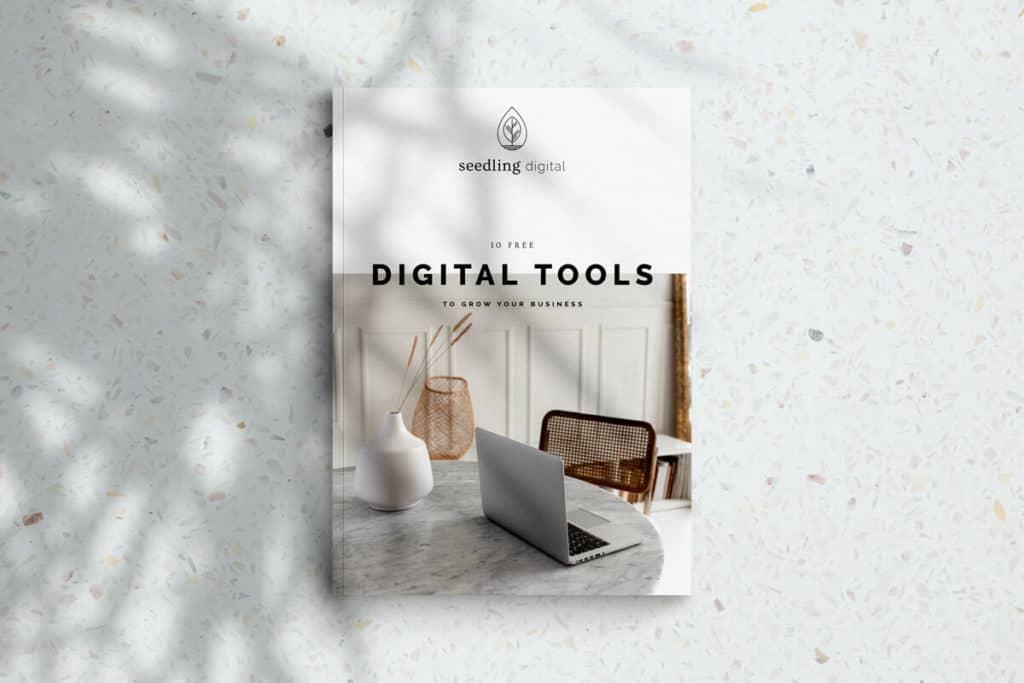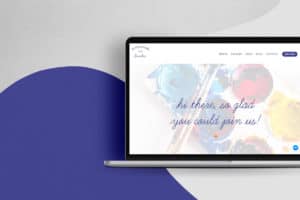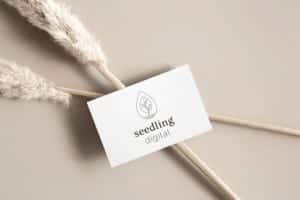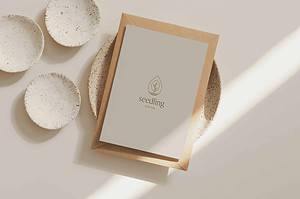Providing a quality product or service is the foundation of any successful business, but for truly outstanding presence and longevity in a market teeming with competition, that’s not enough. In order to really stand out from the rest and build a loyal customer base, brand identity is essential. Without effective and persuasive identity, your business may get by with modest success, but it’s not going to take off the way you hoped it would when it was just an idea in your head.
In our digital world, whether your products and services are online, provided in-store, or both, you have an online presence that starts with your website. Think of your website as a business card out there for everyone to see and your web design as the paper, ink and lettering that must strongly and clearly express your brand identity.
What is brand identity?
A common misconception is that logo and brand are one and the same. That’s not really the case. A logo is a critical feature, but it is just a part of brand identity.
Put simply, brand identity is your company’s persona. Your logo makes you recognizable and helps people remember what you do, but your brand also tells people what your values and missions are, what unique experience you provide, and—ideally—what your story is. In short, your brand identity separates you from everyone else in your field.
Take three examples of corporate giants with powerful brand identity: Starbucks, Nike, and McDonald’s. Whether you personally use or like their products is beside the point. What is the point is that in addition to having a logo that people all around the world recognize, each company has an identity that comes to mind when you see its logo or even hear its name. You know that, respectively, they sell coffee, shoes, and fast food, but you also know what the themes and character of each company are. You know what to expect.
Or look at it another way: you can get a cola from any number of manufacturers, but you probably have a preferred one that you will always choose when given the option. The taste is a big part of that, of course, but if we’re being honest, we also have to admit that there’s an image that goes with that product, too, an image that resonates enough that people identify with it and become repeat customers.
That’s the power of brand identity.
The importance of online brand identity
Nowadays, many or most prospective clients are going to first find you on the Internet even if you’re a small business serving a local community. Yes, you need a functioning, user-friendly site that doesn’t frustrate people and cause them to immediately click away, but if you want them to stay, to shop, and to come back, you need to make a strong, positive impression through your brand design and identity.
Creating brand identity
There are some necessary and effective steps in developing and projecting brand identity:
- Know your audience. It’s impossible to appeal to everyone, so if you were to carve out your own niche in the market, who would your target customers be? Consider age, values, interests, and more. If you’re selling hiking boots, are you appealing to rugged outdoor types who need heavy-duty boots, or are you looking for casual weekend hikers who want a quality product that’s light and comfortable? Sure, you can sell both, but it’s definitely difficult to brand yourself for both.
- What’s different about you? How are you providing a better value or product than what competitors doing the same or similar are doing? How are you unique? To do this, it also helps to understand your competitors’ branding. If you know what they are, you can brand yourself as what they are not, or as something better.
- What’s your company’s personality? No, a business is not alive, but it absolutely can have character: boldness, authenticity, cutting-edge, wittiness, etc. Use language and imagery that reflects that personality.
- Design your logo. We’ve already talked about the logo and its influence, so we’ll just point out that your logo is the image of your company not just online but also in ads, on business cards, on the products you sell that others will see, and from the road or the sidewalk. You need a logo that catches the eye and that people are going to remember for the right reasons.
- Be consistent. Whether it’s the emails you send to subscribers or to potential clients, ads you design, your presence on social media, or new information on your website, use consistent templates, tone, and messaging. Remember, brand identity allows customers to know who you are and what to expect.
- Use social media. Twitter, Facebook, Instagram, and other platforms are ways for you to connect directly with customers on a consistent basis. Establishing and maintaining your presence is a way to both promote your brand and organically inspire others to share it.
- If you have a story to tell, tell it. Some companies have a compelling story, sometimes an ongoing one, at their core. Sharing that story with customers lets them make an emotional connection (and—ideally—investment), which is a powerful way to build interest and create loyalty. Those customers are also more likely to spread the word to others.
- Avoid avoidable mistakes. That might sound a little trite, but it’s sound advice. There will always be mistakes, but some are foreseeable and can be avoided. In addition to being consistent, be clear. Confusing people about what you’re doing or the product you represent will turn them away. Don’t try to be a knockoff of a highly successful competitor; in addition to the possible legal entanglements that might result, it will likely come across as inauthentic or deceptive. Most importantly, make sure your online and in-presence branding are thematically consistent across the board.
- Constantly monitor. On your website, track what’s working and what isn’t. Which pages are attracting the most traffic? Which pages have the highest bounce rate? Is there a disconnect between the two? Stay aware of how your branding is playing out on social media. Dig into feedback on your reviews, surveys, and direct communication.
Implementing brand identity design
All of this may sound daunting, even overwhelming. However, you and your company are not in this alone. Did these points give you an idea of ways you’d like to change your online presence for the better? If so, get in touch! We’ll let you know how we can help you with the heavy lifting so you can get back to doing what it is you do best.




